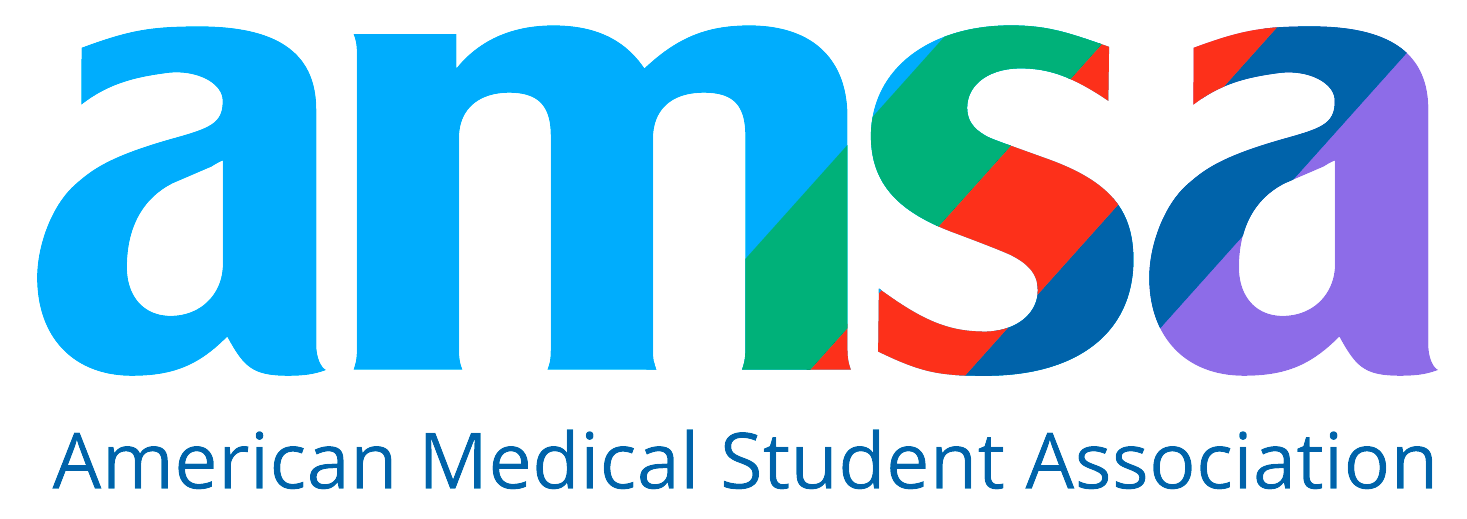Public vs Private Hospitals in LMICs: What’s Best for Pre-Med, PA and Med Students Abroad?
Go-Elective Abroad
Public vs Private Hospitals in LMICs: What’s Best for Pre-Med, PA and Med Students Abroad?
Understanding the Clinical Landscape in Low- and Middle-Income Countries
When pursuing medical internships abroad, one of the most impactful choices you’ll make is whether to train in a public or private hospital. In low- and middle-income countries (LMICs)—like Kenya, Tanzania, Uganda, and others across Africa, Asia, and Latin America—these healthcare systems vary widely, and your choice can significantly shape your learning experience.
Through Go Elective’s healthcare internships in Kenya and Tanzania, students are placed in both public and private teaching hospitals. Understanding the pros and cons of each setting can help you align your goals with the type of clinical environment that will benefit you most.
Overview of Public vs Private Hospitals in LMICs
Healthcare systems in LMICs are typically dual-structured:
-
Public hospitals
Often under-resourced but serve the majority of the population. They are typically affiliated with the Ministry of Health and provide subsidized care
-
Private hospitals
Better equipped, may offer more specialized services, and cater to patients who can afford out-of-pocket care or have private insurance.
Depending on the country, public facilities may be the only accessible option for rural or low-income populations, while private facilities tend to be located in urban centers and serve a smaller patient base.
Pros of Interning in Public Hospitals
-
High Patient Volume = Rich Clinical Exposure
Public hospitals in LMICs often treat hundreds of patients daily. As an intern, this translates into:
- Exposure to a wide variety of conditions—from trauma and infectious diseases to obstetrics and chronic illness
- Opportunities to observe physicians multitask and manage care in high-pressure settings
- Faster learning through real-time case discussions, rounds, and diagnostics
At facilities like Coast General Teaching and Referral Hospital in Mombasa, Kenya, Go Elective interns routinely rotate through internal medicine, emergency, surgery, pediatrics, and OB/GYN wards, gaining broad clinical perspective in just a few weeks.
-
Holistic Learning in Resource-Limited Environments
While public hospitals may lack cutting-edge equipment, this setting helps students:
- Develop clinical intuition and physical exam skills
- Witness creative and cost-effective approaches to patient care
- Build resilience and adaptability, critical traits for future medical professionals
-
Strong Mentorship Culture
Public facilities that host international interns often do so with the intent of sharing knowledge. Interns are guided by seasoned professionals who:
- Offer clinical teaching during ward rounds
- Encourage interns to ask questions
- Assign observational or supportive roles during procedures
Cons of Interning in Public Hospitals
-
Limited Resources and Infrastructure
You may encounter:
- Frequent shortages of basic supplies
- Broken or outdated equipment
- Overburdened staff with limited time for personalized instruction
While frustrating, these conditions also teach resourcefulness and underscore the global healthcare inequities that future practitioners must address.
-
Emotional Toll of High-Need Populations
Treating patients who lack consistent access to healthcare, who arrive late in disease progression, or who cannot afford life-saving interventions can be emotionally difficult. Interns must prepare for this reality—and use it as a motivator to pursue compassionate, patient-centered care.
Pros of Interning in Private Hospitals
-
More Focused, Personalized Training
Private hospitals generally have:
- Smaller patient loads
- More time for one-on-one shadowing
- Greater availability of modern diagnostic tools
This makes it easier to dive deeper into patient cases, ask more questions, and absorb clinical details without the time pressure typical in public hospitals.
-
Structured, Predictable Workflows
In private institutions, the systems and schedules are more consistent. Interns benefit from:
- Smoother workflows
- Standardized protocols
- Opportunities to shadow in departments that align with specific interests (e.g., dermatology, endocrinology)
-
Clean Facilities and Better Equipment
If you’re eager to observe procedures with full diagnostic support, including imaging and labs, private hospitals may offer a clearer view into the clinical process as it’s practiced in higher-resource settings.
Cons of Interning in Private Hospitals
-
Narrower Range of Pathologies
Private hospitals often serve middle- or upper-income patients and may not see the same diversity or severity of conditions as public hospitals.
-
Less Exposure to Healthcare Disparities
If part of your goal is to understand global health inequalities or serve vulnerable populations, the private sector may not give you the complete picture.
Which Should You Choose for Your Internship Abroad?
It depends on your goals:
At Go Elective, we match students based on their academic focus, professional goals, and interests. Interns may rotate through both public and private institutions during their time abroad for a more balanced experience.
Final Thoughts: Choose Purposefully, Reflect Often
Whether you train in a bustling public hospital or a quieter private clinic, your experience in an LMIC will challenge and inspire you. You’ll see medicine practiced through a different lens, gain perspective on your future role as a healthcare provider, and build a deeper sense of purpose.
Before you choose your internship setting, ask yourself:
- What do I want to take away from this experience?
- Am I prepared to work in a resource-limited setting?
- How will this shape my understanding of global healthcare?
No matter your answer, one thing is clear: clinical experience abroad is one of the best ways to grow—personally and professionally—as a future healthcare leader.
Ready to begin? Explore Go Elective’s Clinical Internships Abroad for guided hands-on rotations that prepare you for medical school, PA programs, and more.
Article Details
Categories
Recent Articles , Pre-health, Medical Electives, Nursing Internships,
Author: Go-Elective Abroad
Date Published: Jun 15, 2025
Travel with us.
Inquire Today!
Go Elective offers immersive opportunities for medical students, pre-med undergraduates, residents, nursing practitioners, and PAs to gain guided invaluable experience in busy hospitals abroad. Discover the power of study, travel, and impact.






